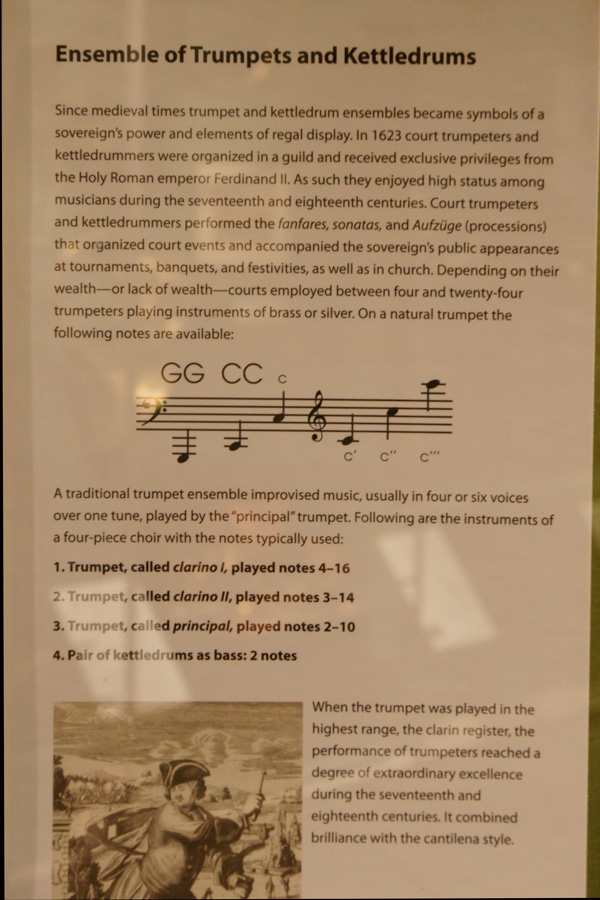BEETHOVEN



. . .His use of trumpets, standing out above the rest of the orchestra, the difficult and unhappy intervals he gives to the horns, . . . [Nikolay Rimsky-Korsakov, Principles of Orchestration, Edited by Maximilian Steinberg, Dover Publications, Inc., New York, 1964, p4]
. . . orchestration is part of the very soul of the work. [Nikolay Rimsky-Korsakov, Principles of Orchestration, Edited by Maximilian Steinberg, Dover Publications, Inc., New York, 1964, p2]
The normal order of sounds or the natural harmonic scale . . . may serve as a guide to the orchestral arrangement of chords. It will be seen that the widely-spaced intervals lie in the lower part of the scale, gradually becoming closer as the upper register is approached . . . [Nikolay Rimsky-Korsakov, Principles of Orchestration, Edited by Maximilian Steinberg, Dover Publications, Inc., New York, 1964, p67]
The pedal tone was playable only on the F trumpet, the second harmonic was of uncertain pitch on most trumpets, and the third harmonic poor on the low crooks. In short, the range of the classical trumpet, with few exceptions, was restricted to the harmonics numbered three to twelve, inclusive, giving the following written notes:

Among these tones, the seventh was too flat, but it was nevertheless occasionally written.

The eleventh harmonic, F#, lay in pitch between F# and F, and if used, required correction with the lips. No hand stopping, like that on the horn, was physically possible . . . . One cannot study the orchestration of these important composers intelligently without a knowledge of the technique and limitations of the classical trumpet. [Walter Piston, Orchestration, W. W. Norton & Co., New York, 1955, pp248-249]

Metropolitan Museum of Art, New York, New York (May 25, 2013)
